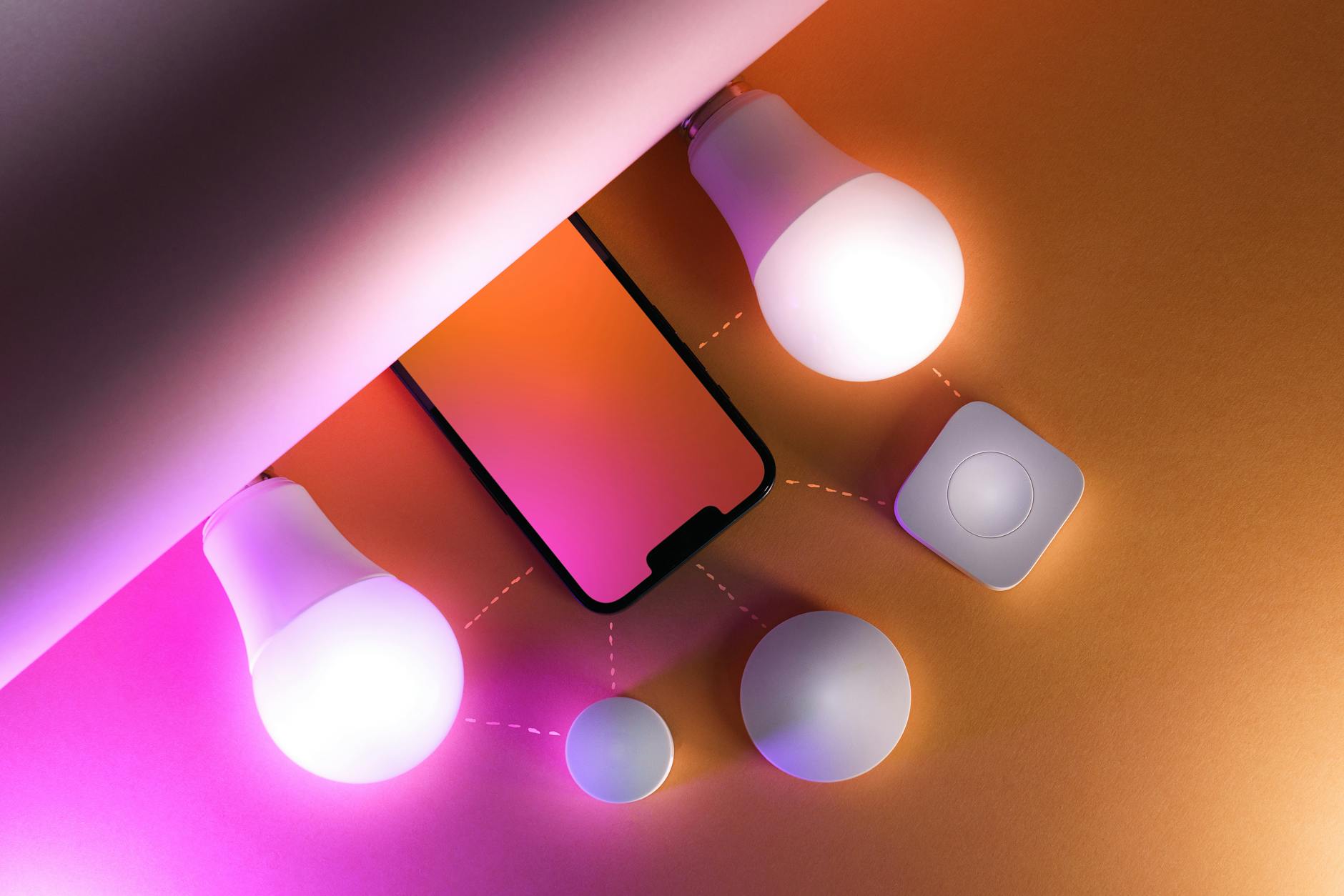Smart home technology is no longer a futuristic dream. It is now part of everyday living. From controlling lights with a voice command to monitoring home security on a smartphone, smart devices make life easier, safer, and more efficient. For many, the idea of a “connected home” brings convenience and comfort, while also helping to save energy and money.
This article explores smart home technology in detail—what it is, how it works, its benefits, and the most popular devices worth considering.
What Is Smart Home Technology?
Smart home technology refers to the use of connected devices that can be controlled remotely or automatically. These devices often work through Wi-Fi, Bluetooth, or smart hubs. They can be managed using smartphones, voice assistants like Alexa or Google Assistant, or even through automation schedules.
The main goal of smart home technology is to make daily tasks easier and create a more efficient living space.
Benefits of Smart Home Technology
1. Convenience in Everyday Life
One of the biggest reasons people choose smart homes is convenience. Turning off lights, setting the thermostat, or starting a coffee machine can be done with just one command. This saves time and effort.
2. Better Security
Smart locks, video doorbells, and security cameras give homeowners more control over safety. Notifications on smartphones help track activity around the home in real time, even while away.
3. Energy Efficiency
Smart thermostats and smart bulbs reduce unnecessary energy usage. They adjust settings automatically, saving both electricity and money.
4. Customization and Comfort
Smart homes adapt to personal needs. For example, lights can dim in the evening for relaxation or brighten in the morning to help with waking up.
5. Remote Access
Almost everything can be controlled while away from home. Forgot to turn off the oven? A smart plug can handle it. Need to check if the doors are locked? A quick app notification provides peace of mind.
Popular Smart Home Devices
1. Smart Speakers and Voice Assistants
Devices like Amazon Echo, Google Nest, and Apple HomePod act as control hubs. They respond to voice commands and connect with other smart devices. A simple command like “Turn off the lights” makes home automation feel effortless.
2. Smart Lighting
Smart bulbs and smart switches allow users to control brightness and color. Many come with scheduling features to save energy. A popular option is Philips Hue, which offers both indoor and outdoor lighting.
3. Smart Thermostats
These devices, like the Google Nest Thermostat, learn user habits and adjust temperatures automatically. They save on energy bills while keeping the home comfortable.
4. Smart Security Systems
Video doorbells such as Ring, and cameras like Arlo or Blink, offer live monitoring. Smart locks from August or Yale let users unlock doors with a smartphone or passcode.
5. Smart Plugs
These are affordable and versatile. They can turn regular appliances into smart devices. For example, a lamp or fan can be controlled through an app or voice assistant.
6. Smart Kitchen Appliances
From refrigerators that suggest recipes to coffee makers that start brewing before you wake up, smart kitchen tools add both convenience and fun to cooking.
How Smart Home Technology Works
Most smart devices connect to a central system through Wi-Fi or a hub. The hub acts as a middleman, allowing different devices to work together. For example, a motion sensor can trigger a smart light to turn on when someone enters a room.
Smartphone apps give complete control. Many also work with voice assistants for hands-free operation. Cloud storage helps store data like security footage, while automation ensures tasks happen without constant manual input.
Budget-Friendly Smart Home Options
Smart homes are not always expensive. There are plenty of budget-friendly devices under $50.
- Smart plugs (around $15–$20) can control appliances.
- Smart bulbs (starting at $10) save energy and offer customization.
- Entry-level security cameras (around $30–$40) provide basic monitoring.
Starting small with these options helps beginners test smart home technology without large investments.
Challenges of Smart Home Technology
While smart homes are convenient, they also come with challenges:
- Privacy concerns: Some worry about data being collected by devices.
- Compatibility issues: Not all smart devices work well together.
- Internet dependence: A poor connection can affect device performance.
- Learning curve: New users may take time to understand how devices work.
Despite these issues, most people find the benefits outweigh the drawbacks.
Future of Smart Homes
The future of smart home technology looks promising. Artificial intelligence is making devices smarter. Homes may soon predict needs based on habits, like adjusting lighting and temperature automatically before arrival.
Integration with renewable energy, such as solar panels and smart grids, will also become common. The goal is to make homes not only smart but also sustainable.
Tips for Setting Up a Smart Home
- Start Small – Begin with affordable devices like smart plugs or bulbs.
- Check Compatibility – Ensure devices work with your existing system.
- Prioritize Security – Use strong passwords and enable two-factor authentication.
- Plan Ahead – Think about future needs before buying devices.
- Keep It Simple – Too many devices can be confusing; focus on what truly adds value.
Psychological Benefits of Smart Homes
A well-organized and connected home has mental health benefits too. Smart lighting improves mood by mimicking natural sunlight. Smart speakers can play calming music, creating a stress-free environment. Automated routines reduce daily decision fatigue, making life feel more manageable.
Conclusion
Smart home technology is changing the way people live. It provides comfort, convenience, security, and energy efficiency. From voice-controlled assistants to intelligent security systems, there are endless possibilities. Even those on a budget can enjoy the benefits by starting small and expanding over time.
The future of smart homes is not just about luxury, it is about creating efficient, secure, and sustainable living spaces that make everyday life simpler and smarter.
Disclaimer
This article is for informational purposes only. Smart home devices and technologies vary in performance, price, and compatibility. Readers are encouraged to research products carefully before making a purchase.



